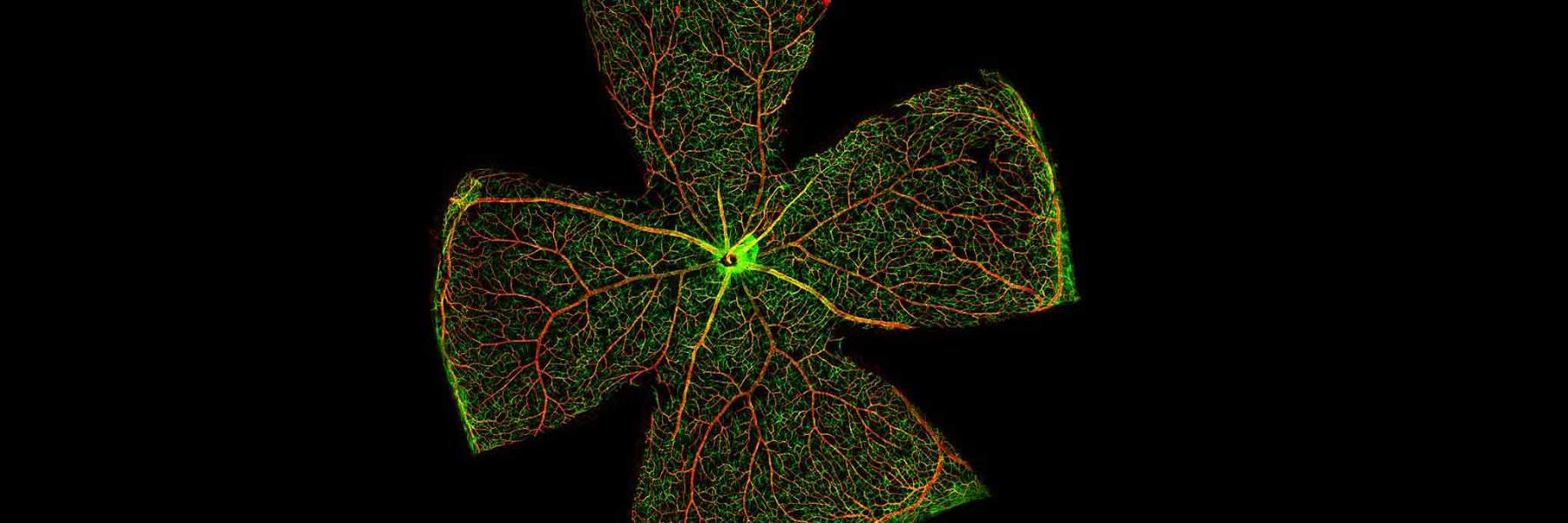How do we see? How do the different retinal cell types interact with one another? How is that information processed deeper in the brain? What molecular and cellular mechanisms underlie neurodegenerative conditions and diseases that cause loss of vision, and can we develop novel cellular strategies to restore vision?
